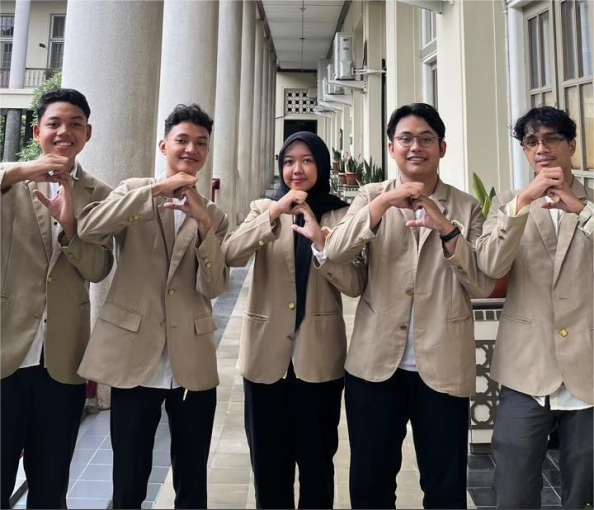
Some may still be unfamiliar with wind power plants without blades. This concept refers to a more efficient and eco-friendly power generation technology that eliminates the use of blades in traditional wind turbines.
Recently, a group of students from Universitas Gadjah Mada (UGM) researched this topic. The study, initiated by Samsul Ma’arip, a Mechanical Engineering student, and his team, aims to optimize the potential of bladeless wind energy power plants using a multidimensional approach and the Internet of Things (IoT).
Samsul Ma’arip was assisted by four other researchers: Hasan Adi Nugraha (Geography), Naufal Athiyya Hammam (Engineering), Nazwa Nurannisa P S (Vocational College), Riski Firnanda (Vocational College), and their supervising lecturer, Muhammad Aulia Rahman.
“This research aims to explore how bladeless technology can be integrated with IoT to improve efficiency and reduce environmental impact,” said Ma’arip to reporters on Sunday (Aug. 4).
The study began by analyzing wind potential in various locations across Indonesia with optimal wind speeds. The geographical aspect is crucial in determining the best places to generate maximum wind energy without relying on blade turbines.
“We collected wind data and analyzed geographical characteristics to ensure that the selected locations have sufficient wind potential for this power plant,” Ma’arip explained.
Naufal Athiyya Hammam explained that the IoT technology monitors wind conditions in real-time and automatically regulates the power plant’s systems. This is intended to ensure the power plant operates optimally and minimizes damage risk.
“With IoT, we can control and monitor the power plant remotely, optimizing performance based on real-time data obtained from installed sensors,” Hammam elaborated.
Hammam stated that the research team hopes this research will continue for broader application and pave the way for more environmentally friendly and efficient energy technologies in Indonesia.
Muhammad Aulia Rahman, the supervising lecturer, explained that the research carried out by these PKM students involved various disciplines to obtain comprehensive results.
“The multidimensional approach used includes meteorological, geographical, and engineering analysis, as well as the application of IoT technology to monitor and optimize the performance of power plants,” Rahman said.
Author: Lazuardi
Editor: Gusti Grehenson
Photo: Freepik
Post-editor: Afif

